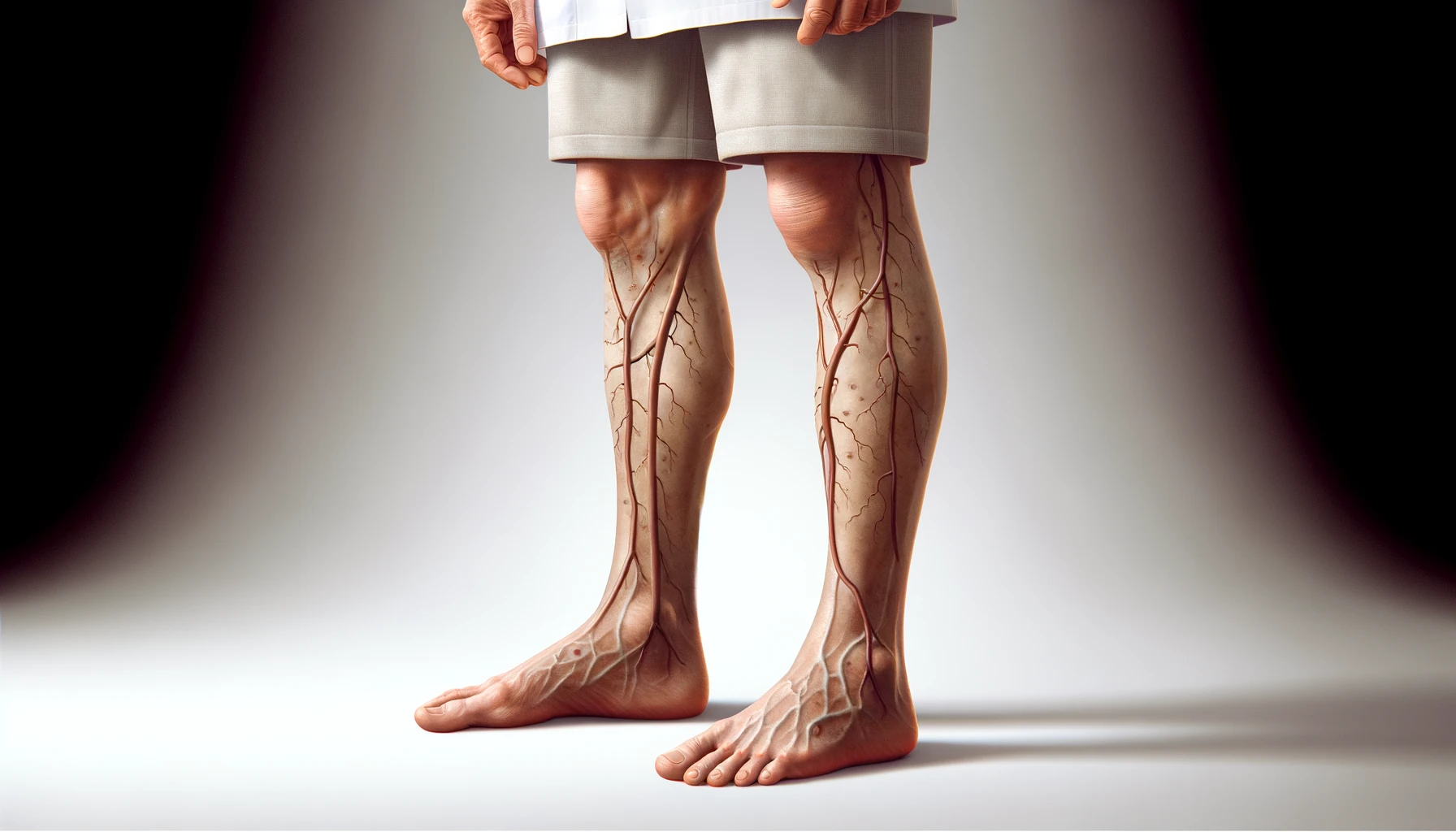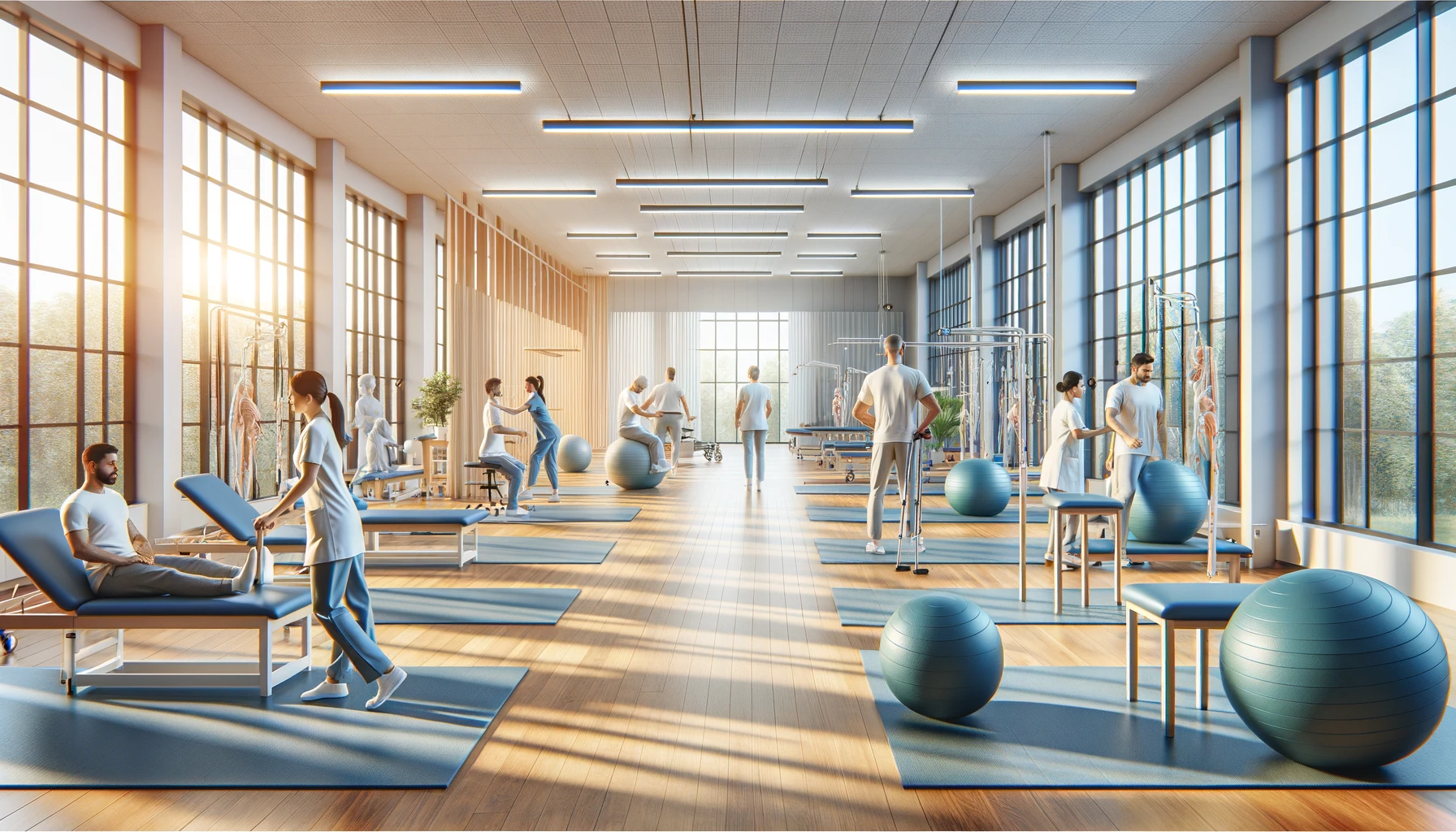Table of Contents
As we grow older, our bone health becomes vital. Osteoporosis, a condition characterized by weak and brittle bones, currently affects over 53 million Americans who are at elevated risk of fractures due to rapid bone loss later in life. But with diligent, proactive measures, seniors can prevent or slow the progression of osteoporosis and maintain strong, healthy bones well into their golden years.
Understanding Key Risk Factors
Postmenopausal women over 50 face a 4 times higher risk of osteoporosis due to plummeting estrogen levels.
Osteoporosis causes over 8.9 million fractures worldwide each year, with more than 4.5 million cases occurring in America and Europe. A petite body frame and a family history of osteoporosis can also increase susceptibility. Nutritional deficiencies, particularly in vitamin D and calcium, contribute to bone deterioration. Over 90% of American adults don’t meet their daily nutritional recommendations for these vital nutrients. Lifestyle choices in exercise, nutrition, habits, and home safety can mitigate bone issue risks. Now, let’s explore dietary strategies and supplements for bolstering bone health.
Nutrition and Lifestyle Tips to Promote Bone Health
- Pump up the calcium – Low-fat milk and yogurt provide ample calcium. Leafy greens like spinach and kale, tofu, beans, breads, salmon, almonds, and fortified fruit juices are also great options to meet the recommended daily intake of 1200mg.
- Vitamin D is crucial – Get some safe sun exposure for short periods. Consume vitamin D-rich foods like fortified milk, eggs, fatty fish like tuna, liver, and supplements to fulfill the 600–800 IU needed daily.
- Vitamin K activates osteocalcin – Found in leafy greens like kale, spinach, broccoli, and Brussels sprouts, this vitamin optimizes bone metabolization.
- Reduce caffeine intake – Limit coffee and energy drinks to no more than 2-3 cups daily. Excessive caffeine can lead to calcium leaching from bones, hampering density.
Beyond nutrition, weight-bearing and muscle-strengthening exercises are essential for bone health.
Engaging in regular exercise, 3-5 times a week for 30-60 minutes each session, can reduce the risk of osteoporotic fractures by up to 50%. Exercise triggers bone rebuilding, prompting nutrient-rich blood flow and growth. Muscle-strengthening activities enhance balance, stability, and strength, preventing falls, a common cause of fractures in the elderly.
Some prime weight-bearing and muscle-strengthening exercises include:
Walking, jogging, aerobics, or dancing stimulate new bone formation.
Bodyweight training with resistance bands, free weights, or your own body weight builds muscle and prompts bone regeneration.
Yoga or Pilates, with balance poses, enhances core strength, stability, coordination, and flexibility, crucial for preventing falls as we age.
But exercise is one lifestyle factor influencing bone health. Making certain lifestyle choices also plays a pivotal preventative role. For example, according to Surgeon General reports, smoking cigarettes increases the risk of developing osteoporosis by around 40% while heightening fracture risks.
Why such a stark effect? The toxic chemicals and carcinogens in cigarette smoke weaken the micro-architecture of bone tissue while also impeding calcium absorption needed for bone repair. As such, quitting smoking is one of the best lifestyle changes older adults can make to prevent osteoporosis.
Some other key lifestyle choices include:
Limit alcohol – Heavy alcohol consumption deteriorates bone quality over time by interfering with vitamin D and calcium absorption, which are critical for density. Moderation is key.
Get vitamin D – Prevent deficiency by getting adequate vitamin D daily from sunlight, fortified foods like milk, eggs, and fish oil, and vitamin supplements if not meeting nutritional needs through diet.
Balance hormones – Postmenopausal hormone therapy using prescribed estrogen with progesterone may help cut rapid bone density loss and reduce fracture risks in some women during the 5-10 years post-menopause. This warrants an open discussion with your doctor about the appropriateness of your health profile.
Medical Options for Treating Osteoporosis
Doctors prescribe medications like Fosamax and Actonel to increase bone density and reduce fracture risk. Calcium and vitamin D supplements are recommended for those unable to meet their daily dietary requirements.
Finding a quality adult primary care provider is also crucial for ongoing monitoring and prevention guidance. Environmental modifications at home are also important to reduce the risk of falls, especially for seniors.
Calcium and vitamin D supplements are recommended for those unable to meet their daily dietary requirements. Environmental modifications at home are crucial to reducing the risk of falls, especially for seniors. Alarming data shows that 1 in every 3 Americans over the age of 65 suffers a devastating fall.
Preventing Bone-Shattering Falls
As osteoporosis progresses, fracturing a bone from a serious fall becomes more likely. Tripping over a rug or slipping in a wet bathroom can lead to hospitalization – and diminished mobility – without preventative efforts.
Strategies include:
Practice balance exercises like Tai chi, yoga, and targeted training to improve stability and coordination. Remove household hazards by clearing cluttered pathways and installing grab bars and railings. Use assistive devices such as canes, walkers, or hip-protecting pads for stability. Review medications for potential side effects that may increase dizziness or drowsiness, leading to accidents.
Final Thought
In summary, a multi-pronged approach works best when trying to prevent bone deterioration long-term:
- Understand your personal risk factors, like family history and menopausal status
- Consume bone-healthy nutrients like calcium and vitamins D and K
- Perform weight-bearing AND muscle-strengthening exercises 3-5x a week
- Optimize lifestyle choices protecting bone density through nutrition, habits, and home safety
- Explore medication options under a doctor’s care if at high risk for fractures
- Change living spaces removing trip hazards while utilizing assistive walking devices to avoid falls
Osteoporosis, linked to aging, is preventable. Simple tweaks to daily routine, focusing on diet, exercise, habits, and home safety, can strengthen bones. Stay active and independent by discussing prevention strategies with your doctor. Small shifts today yield huge dividends tomorrow.
FAQs
Q1: Is osteoporosis reversible, or can it only be prevented?
A: While certain bone-building medications can increase bone mineral density, reversing extensive bone tissue deterioration once osteoporosis reaches advanced stages is challenging. But early screening and prevention before noticeable bone loss accumulates can halt progression in its tracks – and even rebuild density.
Q2: What are some non-dairy calcium sources?
A: For those avoiding dairy, excellent plant-based calcium options exist, like leafy greens, calcium-fortified plant milk, juices and cereals, canned fish with bones, tofu, beans, lentils, almonds, sweet potatoes, and even mineral-rich blackstrap molasses. Leveraging these supports bone health.
Q3: Which exercises should be avoided for osteoporosis?
A: High-impact weight-bearing exercises like running, jump roping, lunges, and straight-leg sit-ups can worsen fractures for those showing signs of osteoporosis. Lower-impact strength training using resistance bands, yoga, swimming, and tai chi offers safer alternatives.




